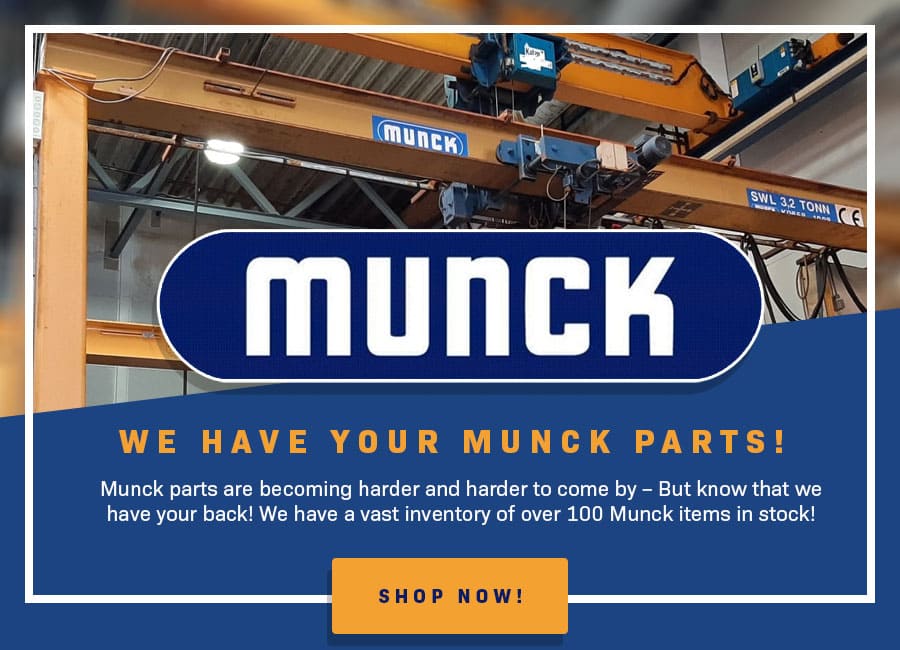Lifting Solutions for Galvanizing
The galvanizing process is one of the harshest operations in metal manufacturing: Equipment must be able to endure extreme heat, large loads, and a highly caustic environment. American Crane and Equipment Corp. is proud to meet the demanding material handling needs of galvanizing lines, steel rolling mills, and other critical equipment.
Whether producing complex custom equipment or standard replacement components and parts, American Crane supports lifting applications of all kinds, with capacities up to 1,000 tons. Our team is recognized as an industry leader in overhead cranes, wire rope hoists, and many other lifting products.
What Is Galvanizing?
Hot-dip galvanizing is the process of coating steel or iron with a layer of zinc for added corrosion resistance, allowing the material to perform with a longer life than stainless steel — and at a lower cost.
Galvanized coatings are achieved through the hot-dip process, which involves immersing the iron or steel material in molten zinc through a multi-step galvanizing line. The resulting material is encased in several layers of zinc and zinc-iron alloys, making it extremely tough. Most galvanized steel has a relatively thick outer coating (3.0-6 mils, 75-150 microns, 1.7 to 3.6 oz./sq. ft.), designed to protect the metal from corrosion in most conditions for 50 to 100 years.
The Galvanizing Line
The galvanizing line is a demanding, highly caustic environment and is more manual than the fabrication process; structural steel is suspended from crane hoists to be immersed in a series of solutions. The steps include:
- Caustic cleaning, in which the steel is immersed in a caustic solution
- Water rinse
- Pickling to remove oxides and mill scale
- Flux solution dip, where steel is cleaned of all oxidation
- Drying to prepare for zinc and zinc alloys
- Immersion in a zinc bath
- Final cooling and inspection
Continuous sheet galvanizing, meanwhile, involves uncoiling sheet, passing it through the cleaning steps and molten zinc bath at speeds up to 500 feet per minute, and then performing the drying and recoiling processes. These sheets feature a relatively thin coating (0.45 oz. per side), and thus they’re best-suited for interior applications unless painted after galvanizing.
Galvanizing Line Equipment
Since the galvanizing line incorporates so many hostile materials, cranes and other line equipment such as tanks, filtration systems, and furnaces must be specially designed to stand up to the environment. Cranes specifically crafted to endure caustic environments will last longer and perform more reliably in these applications, requiring less maintenance and downtime.
These cranes are often custom designed, and are made with galvanized or stainless steel tracks to prevent rust and premature corrosion. Galvanized solid bar runway electrification and other tough design elements can also help reduce the damaging effects of the environment.
Galvanizing Line Solutions at American Crane
Cranes for galvanizing lines must be crafted with safety, reliability, and longevity in mind — not to mention specific industry guideline compliance. American Crane is proud to offer over 40 years of material handling and crane experience. We can exceed CMAA duty cycle requirements from Class A-F for even the most complex project environments.
Our team works to design and fabricate equipment solutions that provide top performance in the world’s most challenging conditions, with every piece supported by our comprehensive in-house quality assurance program. We fully assemble and test all equipment before it leaves our facility, every time, for every customer.
Our in-house crane experts are on hand to answer any questions you may have about crane installation, maintenance, and operation. To learn more about solutions for galvanizing lines or how we can help with your next project, reach out to the team today.





